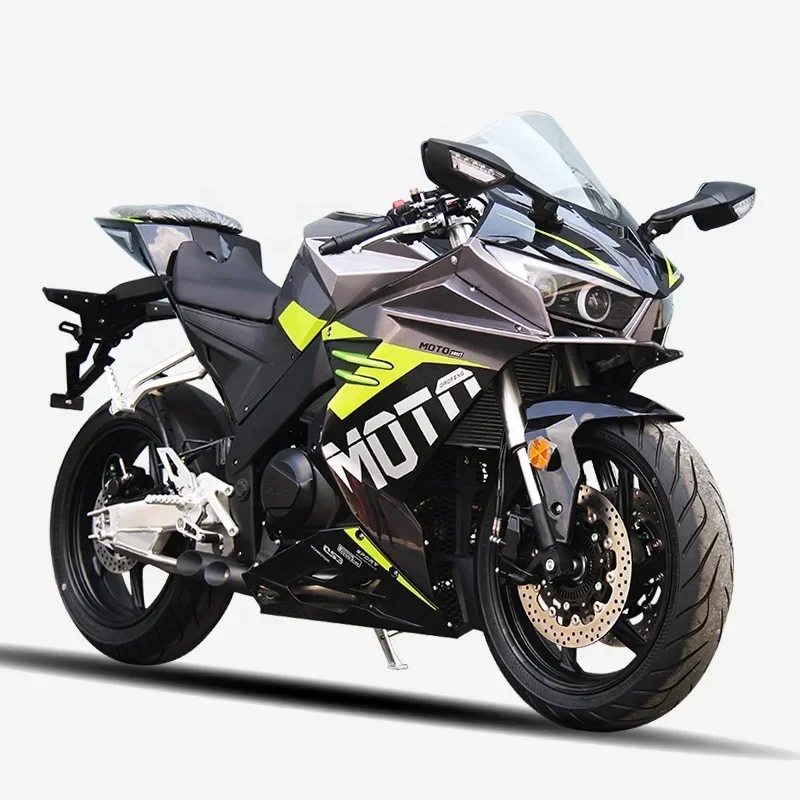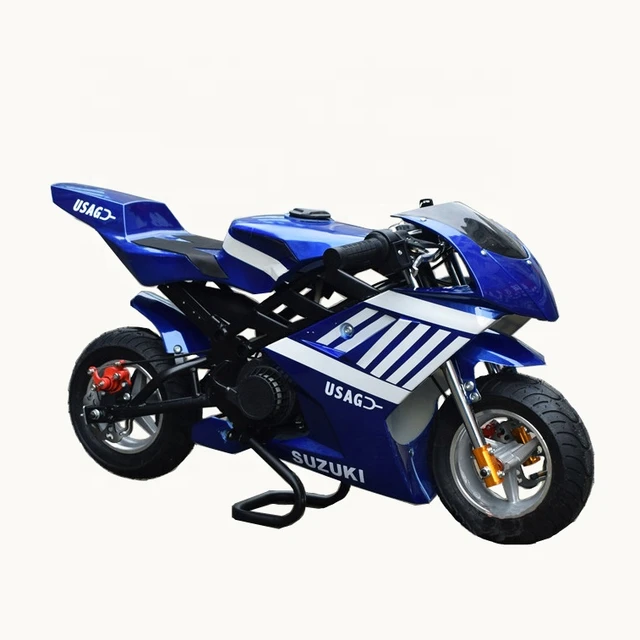Choosing the Right Motorcycle Kit
Choosing the right motorcycle kit is the first critical step in understanding how to make a motorcycle. Your kit sets the base for your project. It defines the complexity, style, and quality of your build.

Types of Motorcycle Kits
There are several types of motorcycle kits to choose from. Each type caters to different skill levels and preferences.
- Standard Kits: These kits come with all the basic parts. They are ideal for beginners.
- Custom Kits: For those wanting a unique ride, custom kits offer more options for personalization.
- OEM Kits: OEM, or Original Equipment Manufacturer kits, are specific to certain bike models.
- Vintage Kits: These kits are for enthusiasts looking to build a motorcycle with a classic feel.
Factors to Consider When Choosing a Kit
When choosing a kit, there are important factors to keep in mind.
- Skill Level: Assess your mechanical skills honestly. Choose a kit that matches your ability.
- Budget: Have a clear budget. Remember, additional costs may arise during the build.
- Time Commitment: Consider the time you can dedicate to the project. Some kits require more time than others.
- End Goals: Consider what you want from your motorcycle. This will guide your kit selection.
- Support: Ensure the manufacturer offers good support. You might need help during the build.
By considering these factors, you’ll be better equipped to select a motorcycle kit that fits your goals. It’s about finding the right balance between challenge, cost, and the joy of building your own motorcycle.
Tools and Workspace Preparation
After choosing the right motorcycle kit, preparing your tools and workspace is essential. This stage sets the foundation for a smooth and efficient build process. Having the right tools on-hand and a well-organized workspace can significantly impact the ease and success of your motorcycle assembly.
Essential Tools for Motorcycle Assembly
When learning how to make a motorcycle, having the right tools is crucial. Here is a list of essential tools you’ll need:
- Wrench Set: For tightening and loosening bolts.
- Screwdrivers: Various sizes and types are needed for different components.
- Pliers: Essential for gripping small parts.
- Hammer: Useful for fitting parts together snugly.
- Torque Wrench: Ensures that all fittings are tightened to manufacturer specifications.
- Wire Cutters and Strippers: Necessary for handling electrical wiring.
- Socket Set: Useful for handling a variety of bolt and nut sizes.
These tools form the core of your motorcycle assembly kit. You might discover other specific tools depending on the motorcycle kit you chose.
Setting Up Your Workspace
A well-organized workspace is key to an efficient building process. Here’s how to set it up:
- Adequate Lighting: Ensure your space is well-lit to avoid mistakes.
- Spacious Area: Choose an area that provides enough space to move around your motorcycle easily.
- Tool Organization: Use toolboxes or pegboards to keep tools within reach but out of the way.
- Secure Environment: Keep your workspace free from pets or young children to avoid accidents or disturbances.
- Surface Protection: Consider using mats or cloths to protect surfaces from oil, paint, or scratches.
Preparing your tools and workspace meticulously will pave the way for a more fruitful and enjoyable motorcycle build.
Engine Installation
Moving forward in our guide on how to make a motorcycle, we come to the engine installation. This section is crucial as the engine is the heart of the motorcycle, influencing both performance and reliability.
Selecting the Right Engine
Choosing the right engine involves several important considerations:
- Compatibility: Ensure the engine fits your motorcycle frame and kit.
- Power Requirements: Consider the horsepower and torque you desire.
- Type of Engine: Decide between a two-stroke or four-stroke engine based on your needs.
- Budget: Factor in cost; more powerful engines can be more expensive.
- Brand Reputation: Opt for brands known for reliability and quality.
Select an engine that aligns with your overall goals for the motorcycle. Whether you want a high-performance machine or a more economic, reliable model will dictate your choice.
Step-by-Step Engine Assembly Process
After selecting your engine, you’ll need to assemble it correctly. Here’s a simple step-by-step process:
- Engine Mounting: Secure the engine in place using the mounting bolts.
- Connect Fuel System: Attach fuel lines and ensure they are tightly sealed.
- Install Exhaust System: Fit the exhaust to help with fumes and noise reduction.
- Electrical Connections: Hook up the ignition system and battery.
- Cooling System: Install any necessary cooling systems to prevent overheating.
- Final Checks: Make sure all connections are tight and secure before starting the engine.
Carefully follow these steps to ensure your engine is installed correctly and safely. This will prepare your motorcycle for the next phases of assembly, getting you closer to a fully functional bike.
 Frame and Suspension Setup
Frame and Suspension Setup
As you progress in learning how to make a motorcycle, the next step involves setting up the frame and suspension. This phase is critical, ensuring your motorcycle has a solid foundation and adequate shock absorption for a comfortable ride.
Assembling the Motorcycle Frame
Assembling the motorcycle frame is the skeleton of your motorcycle. It supports all components. Here are the steps to take:
- Layout Frame Parts: Identify and arrange all the frame components.
- Alignment: Ensure all parts are aligned correctly before fastening.
- Bolt Together: Use the appropriate bolts and tools to securely assemble the frame pieces.
- Check for Stability: Ensure the frame is sturdy and well-balanced.
A well-assembled frame is crucial for the functionality and safety of the motorcycle.
Installing the Suspension System
Next, you’ll need to install the suspension system, which helps absorb bumps from the road:
- Choose the Right Suspension: Match the suspension to the frame and intended use of the motorcycle.
- Attach Suspension Components: Fit springs, shocks, and other parts to the frame.
- Adjust The Settings: Tune the suspension settings based on weight and comfort preferences.
- Test for responsiveness: Make sure the suspension responds well to stress and adjustments.
Proper installation of the suspension system increases the motorcycle’s handling and comfort. Ensuring these components work together effectively is key for an optimal riding experience.
Electrical System Configuration
Setting up the electrical system is a crucial step in learning how to make a motorcycle. This system powers all your bike’s electronic components. Proper configuration ensures reliability and safety.
Wiring Basics for Motorcycles
When wiring your motorcycle, understanding the basics is essential:
- Know Your Wiring Diagram: Get a detailed diagram specific to your motorcycle model. It guides all connections.
- Use the Right Tools: Wire strippers and crimping tools are important. They ensure secure connections.
- Color Coding: Different wire colors represent different functions. Follow the color guide in your diagram.
- Secure Connections: Use heat-shrink tubing or electrical tape. This protects connections from moisture and vibrations.
- Test Continuity: Use a multimeter to test connections. This helps avoid system failures.
Understanding these basics helps in setting up a dependable motorcycle electrical system.
Connecting Lighting and Electrical Components
Focus on properly connecting all lighting and electrical components:
- Headlights: Connect them to the power source as per the diagram.
- Indicators: Hook up turn signals to the control switch and power supply.
- Tail Lights: Ensure they are connected and aligned properly.
- Battery: Install and connect the battery securely. It powers all electrical systems.
- Safety Checks: Before starting the bike, check all lights and signals for functionality.
Properly connecting these components ensures your motorcycle operates safely under all conditions.
 Final Assembly and Safety Checks
Final Assembly and Safety Checks
The final assembly is all about putting together the last pieces and ensuring everything is safe. This crucial stage means you are almost ready to take your creation for a ride.
Attaching Body Components and Wheels
Final touches involve attaching body components like the gas tank, seat, and side panels. Follow these steps:
- Mount the Gas Tank: Place the tank securely on the frame.
- Install the Seat: Fix the seat in position for a comfortable ride.
- Attach Side Panels: Join side panels to cover engine and inner parts.
- Wheels Installation: Fit the front and back wheels and ensure they are tight.
- Check Connections: Make sure all parts are securely attached to the frame.
Take your time to get this right. Properly attached components help keep the ride safe and smooth.
Conducting Pre-Ride Safety Checks
Before you hit the road, perform these safety checks:
- Brake Inspection: Confirm that both the front and back brakes work.
- Tire Pressure: Check if tires have the right amount of pressure.
- Lights and Signals: Test all lights and signals for proper operation.
- Fluid Levels: Check oil, coolant, and fuel levels.
- Overall Inspection: Do a general walkthrough to spot any loose bolts or leaks.
These pre-ride safety checks are vital. They ensure that your motorcycle is not only ready but also safe to ride.
Customization and Upgrades
Once you understand how to make a motorcycle, customization can start. Personalizing your bike sets it apart and reflects your style.
Ideas for Customizing Your Motorcycle
Customizing a motorcycle involves changes that add personality and flair. Here are some ideas:
- Paint Job: Choose colors and designs that show your personality.
- Decals and Stickers: Add graphics to make your bike stand out.
- Custom Seats: Get a comfortable and stylish seat for those long rides.
- Handlebars and Grips: Upgrade for comfort or a new look.
- Lighting: Add LED lights for better visibility and a modern vibe.
- Exhaust: Change your bike’s sound and appearance with a new exhaust.
These are just a few ways to make your motorcycle unique.
Recommended Upgrades for Performance and Style
For better performance and a sleeker style, consider these upgrades:
- High-Performance Air Filter: Boost your engine’s breathing for more power.
- Suspension Upgrades: Improve ride quality and handling.
- Brakes: Install higher-quality brakes for better stopping power.
- Tires: Get tires suited for your riding needs and enhance grip.
- Performance Chips: Fine-tune your bike’s power output.
These performance upgrades also help enhance your motorcycle’s style. Carefully choose them to match your skills and budget.
